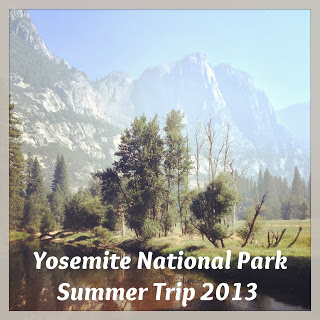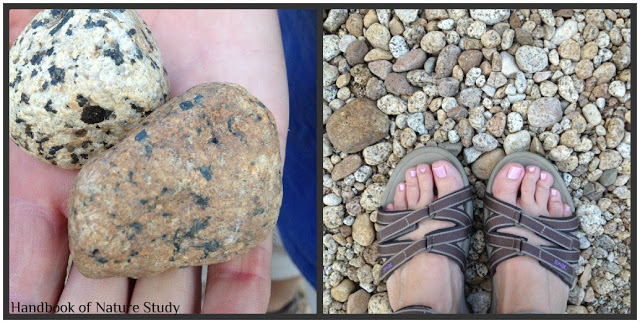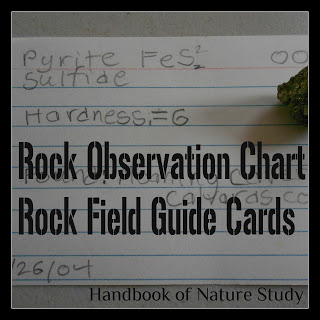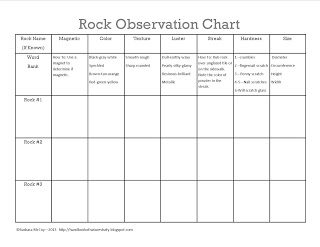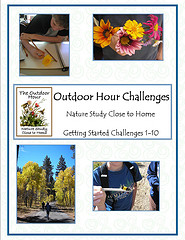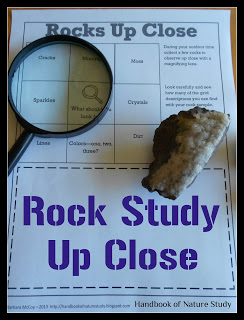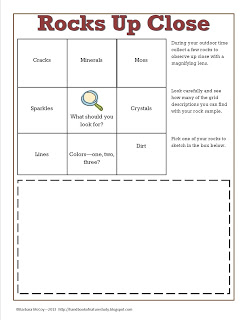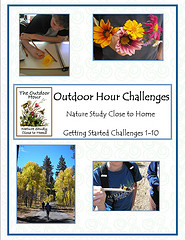Yosemite National Park in the summertime is an outdoor adventureland. There is so much to do! This trip was very different from our usual summer trips because it ended up only being my husband and I that were able to go. It is a far different experience to have just the two of us as opposed to having all six of us hiking around the Sierra. Both of us love this place so spending time together here is a pleasure and a delight.
There was a large wildfire further south from Yosemite but the smoke laid thick all three days of our trip. It was worse in the mornings but afternoon breezes swept some of it away. Yosemite Falls was dry! The park rangers were calling it “Yosemite Wall” instead. I am so glad that we had visited last May and enjoyed the cooling mists of the waterfalls then and for this trip it changed the focus from the valley to the surrounding areas of Tioga Road and Glacier Point.
We came into the park from the Tioga Pass side (east) and stopped just inside the gates to hike up to Gaylor Lake. This new to us hike (part of my nature study goals for 2013) was at a high elevation which always adds an element of breathlessness as you climb the trail. This is the view back down the trail…we listened to thunder and watched the clouds closely to make sure we would not be caught in a thunderstorm.
The landscape was green and there were quite a few wildflowers to enjoy from my resting spot along the trail. There were few other hikers on the trail which makes it seem as if you own the place as you hike along. We did see a man hiking back from the lake with a sack full of fish he had caught.
The trail crests and you look down over a beautiful basin where Gaylor Lakes have formed. I was still a little nervous about the thunderstorm but it seemed to be moving off in another direction.
Here at the top of the trail the trees are growing slanted and I can imagine how the wind must howl over the top of the mountain in the winter.
This is the Middle Gaylor Lake and on this day we didn’t go any farther. We sat for a long time enjoying the view before heading back to the car and on down Tioga Road.
We stopped along the way and took a quick hike over to Lukens Lake to see if there were any wildflowers but the conditions are much like you would find in mid-September and there were no wildflowers at all. It was still a nice hike and we did see lots of Bluet dragonflies along the edge of the lake.
The next day we decided to hike up at Glacier Point, taking the Panorama Trail as far as Illilouette Falls and then back. What were we thinking? We have done this hike before and it is a killer! The sign at the trailhead says two miles one way but both of us registered 3.5 miles on our Fitbits. That wouldn’t be bad but it is a steep, steep hike back up that 3.5 miles and in the hot sun exposed for most of the way. Guess what? It was worth the effort!
Along the trail we saw this wasp nest in a decaying tree. The insects were flying in and out but I got just close enough to take a good photo.
Here is a view of the whole tree and nest. The nest is quite beautiful and amazing to see…we were wondering how long it took to build this work of art.
Here is my victory shot after making it to the top of Illilouette Falls. The bridge behind me is just back from where the falls spill over the edge and down a 340 foot drop. We stayed on the upside of the falls for a long time just enjoying the beauty with our eyes and ears.
I sat on the top of a rock where the water was running down and swirling into the pool below. I was a little sad that my kids weren’t there this time to jump in or dangle bare feet in the cold water. My boys have even slid down the rocks here like a big slide into a deep pool where there are fish swimming in the crystal clear water. Great memories.
That evening we walked through the meadows in Yosemite Valley which is my favorite time of day to view the granite walls. The golden sunlight makes them come alive and the cooling air is filled with the sounds of the twilight creatures like crickets. Later that night we sat and watched the bats dart overhead. There is just so much to take in…
Here is another sunset visitor to Cook’s Meadow.
Early in the morning the smoke was filtering the sunlight and obscuring an otherwise glorious view of Half Dome from Tunnel View Turn Out.
Our last day we rented bikes from Curry Village and took off to explore the bike trails. The path is nearly flat or at least a gentle up and down so going is easy. This is such a wonderful way to explore Yosemite Valley away from the crowds and hustle of the popular areas. We had a nice pedal around the whole loop which includes several bridges over the Merced River where you can stop to take a break.
I of course stop to take a few photos of wildflowers. The goldenrod was so brilliantly yellow pretty.
This was something new to me…yet to be identified so if you have any suggestions they would be greatly appreciated.
So there ends another glorious trip to Yosemite, the second in my goal to visit every season. We have a camping trip planned for late September and I am already looking forward to that time in a season of changes.
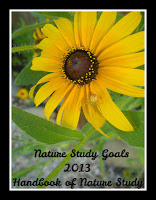
These topics I will be adding to my nature journal and hopefully sharing here on the blog as part of my nature study goals:
1. Mountain chickadee
2. Rhyolite
3. Obsidian
4. Chinquapin (shrub)
5. Unidentified shrub with berries the squirrels were eating

